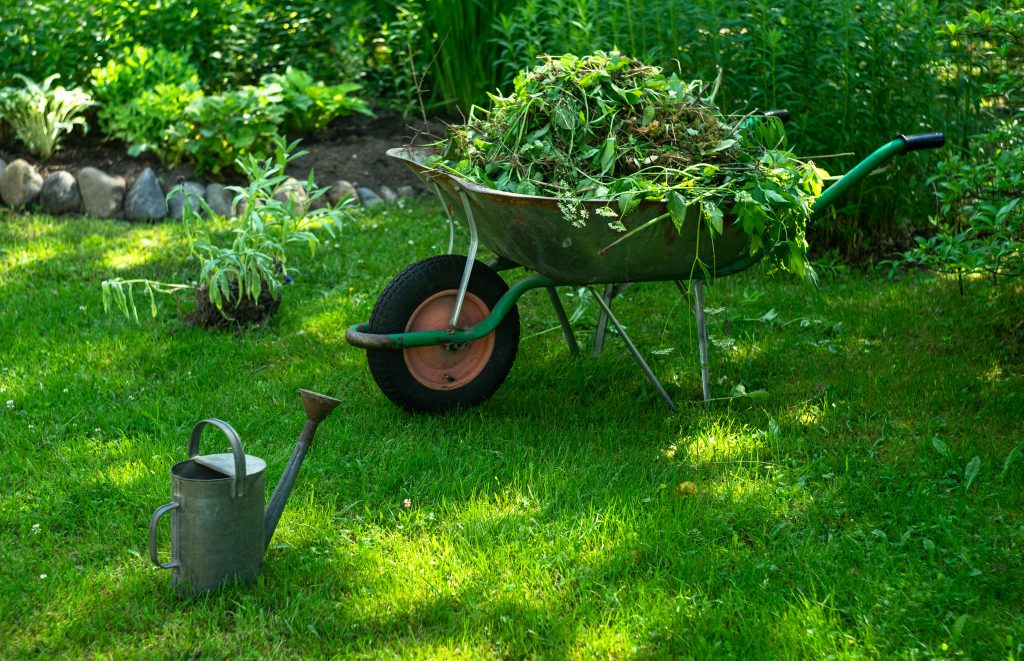A good excuse to take less trash to the landfill is to use the materials in new products like compost, which is not very complicated and can be made at home and used in your own garden.
Contrary to popular belief, composting is very simple and easy to do, but takes time. As long as you have the materials and a place to locate it, you will soon see the great benefit.
How to compost at home?
One way to explain what you need to compost at home is to say that it requires the mixture of materials rich in carbon and others in nitrogen, also called brown and green, respectively. But that would be complicated so let’s see it in a simpler way and step by step:
1) About materials for composting.
We will choose those waste materials that we would normally throw away and then take it to the landfill, where the only rule to consider is “No meat products -including bones-, fats or dairy”, since they attract animals. The green ones are:
- fruit and vegetable scraps,
- eggshells,
- tea leaves and tea bags,
- ground coffee,
- flowers.
The brown items you should add are:
- grass clippings and also weeds from the garden,
- dry leaves,
- hay And Straw,
- ears and stalks of corn,
- wood chips,
- sawdust,
- news paper)
- and egg cartons.
As you can see, most of them are remnants of the food that we eat on a daily basis and frequently used materials.
2) Storage de trash.
Once you have the materials, you must store them, it can even be in the refrigerator to avoid unpleasant odors and insects in your home. You can also stack them in a container that is close to your trash so you don’t forget that you are accumulating it. Green waste is usually kept moist while brown waste should be dry.
3) Where do the compost?
Next, choose where you will compost. This doesn’t have to be anything complicated, just a container or an area directly in your own garden.
4) Time to composting
Now comes the fun part. Making the compost requires making layers of one to two inches each. Below will go a box of brown elements and above a box of green waste. Again one brown and one green… and so on depending on the space.
5) Is my compost ready?
Finally, comes the stage of having patience. And it is that this process is not immediate, in a hot climate it would take about two months, but in cold weather the time goes up to six months. Jeffrey Neal, director of a composting business in Washington, DC, says the nose will tell when the compost is ready. If it smells like a landfill, it was not a process with a correct result. But if it smells of earth and wood then the task has been achieved.
If the result is not as expected then it is possible that the layers have not been well balanced. Attention is also required to ensure that air circulates between the layers and that it has the correct proportion of humidity.
Are yo ready to start composting at home this summer?



